HR Giger, the Swiss painter and surrealist, died 10 years ago on May 12, 2014 after falling down a flight of stairs. However, his dark nightmare worlds live on, both in films such as Alien, Dune and Poltergeist and in the HR Giger Museum, which he founded in Gruyères in 1998.
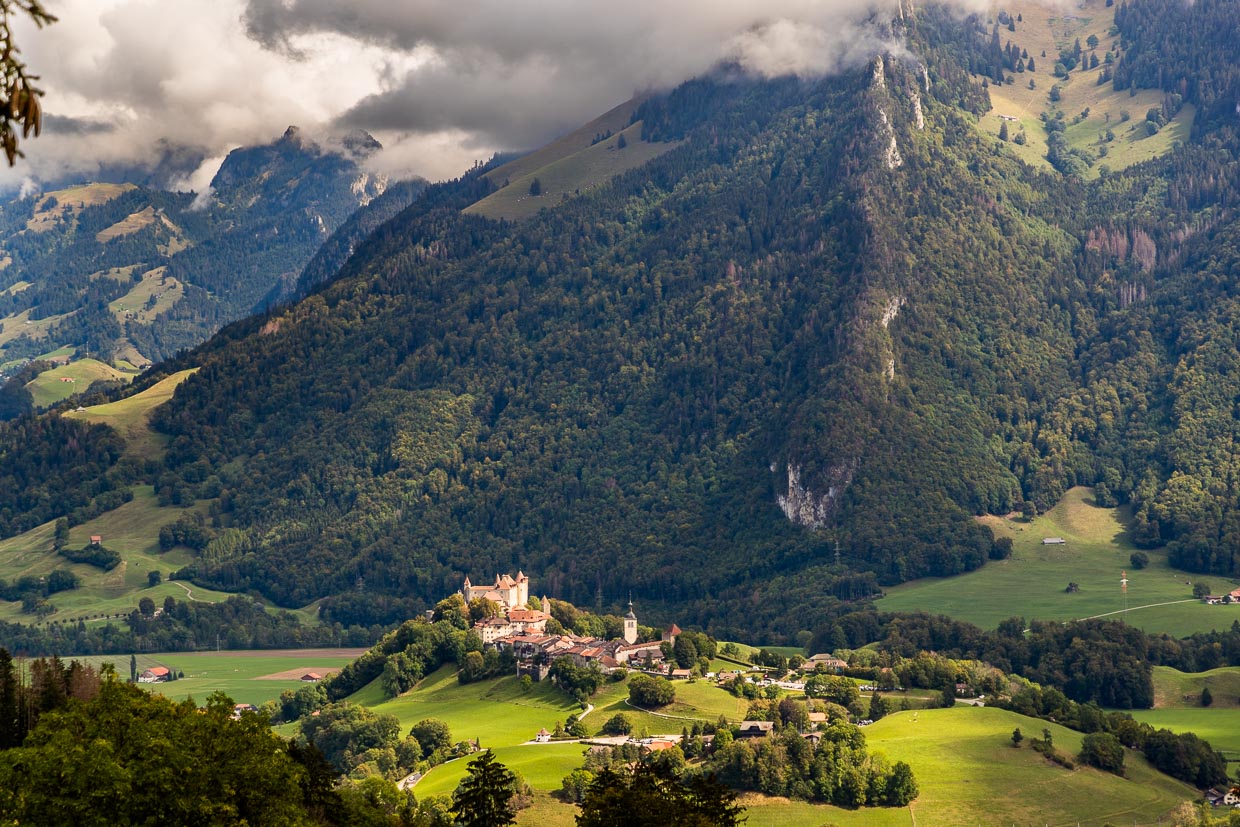
The contrast could not be greater, as the medieval town of Gruyères lies in a lovely landscape on a hill on the edge of the Pre-Alps It is a tiny place that has a surprising number of sights to offer. Gruyères gives its name to the famous Gruyerz cheese, Gruyères has two castles, four museums and plenty of restaurants. Gruyères is car-free, but due to the many attractions, there are large parking lots on the way up to the town. In the castle of St. Germain, every corner is filled with the morbid and often disturbing creatures of the painter Hans-Ruedi Giger. For science fiction fans, a visit is a must, for everyone else it is more of a test of courage.
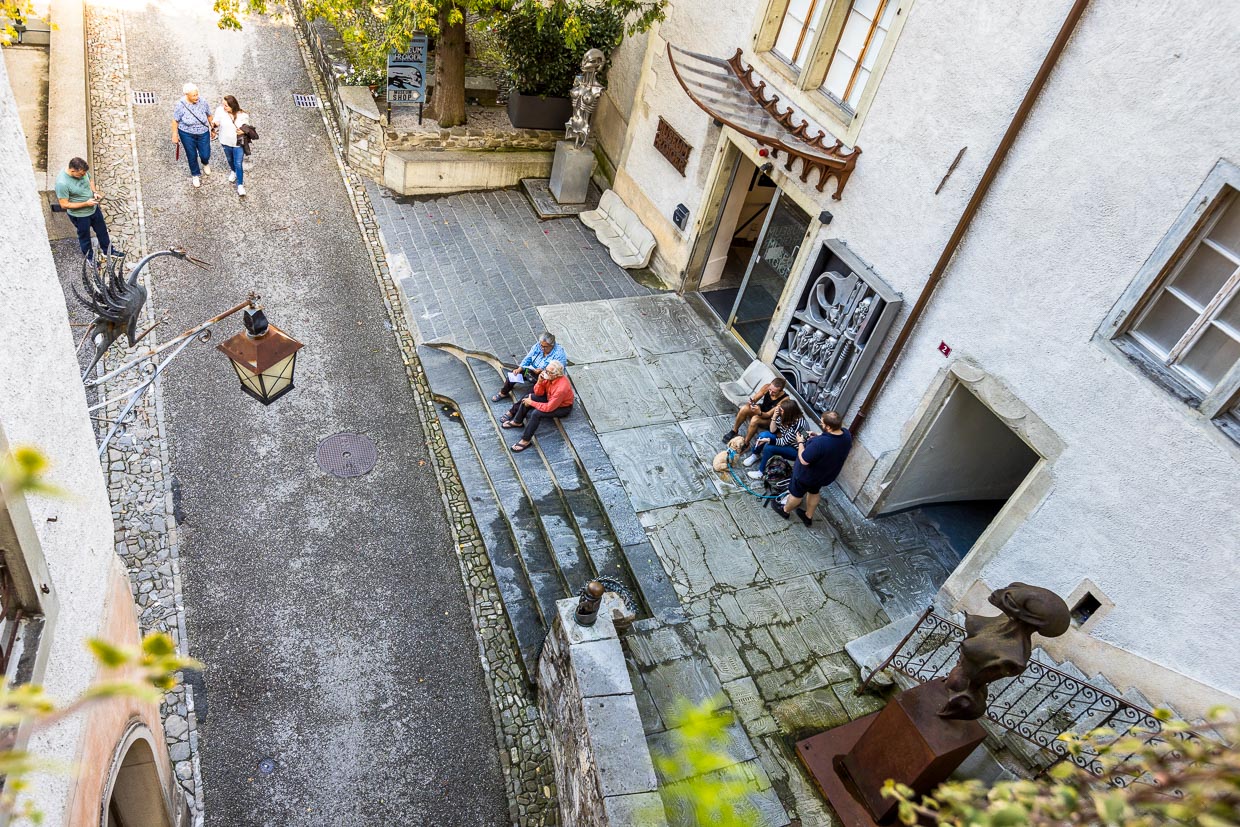
Gloomy interior views
If you venture into the H.R. Giger Museum, you are first greeted by staff in black outfits. They are by far the friendliest people in the entire building. Then it gets dark and you are immersed in the morbid world of Hans-Ruedi Giger. His themes are birth, suffering, violence, war, fear and death. At the beginning of the 1970s, Giger discovered the airbrush technique for himself and created his first machine-like creatures and biomechanical landscapes. The Biomechanoids and later the Erotomechanics became his trademark. The invention of the Alien for the 1979 science fiction film of the same name by Ridley Scott became his greatest success and brought him worldwide fame and an Oscar.
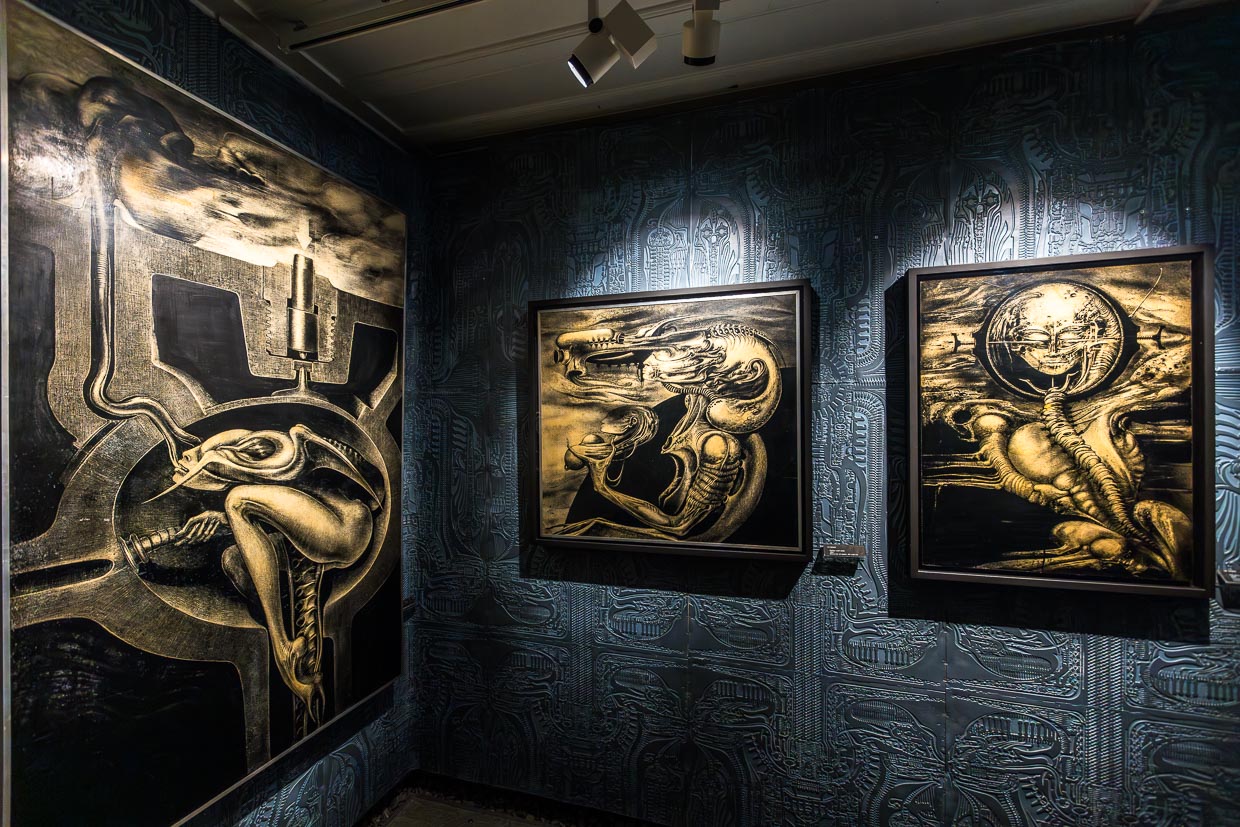
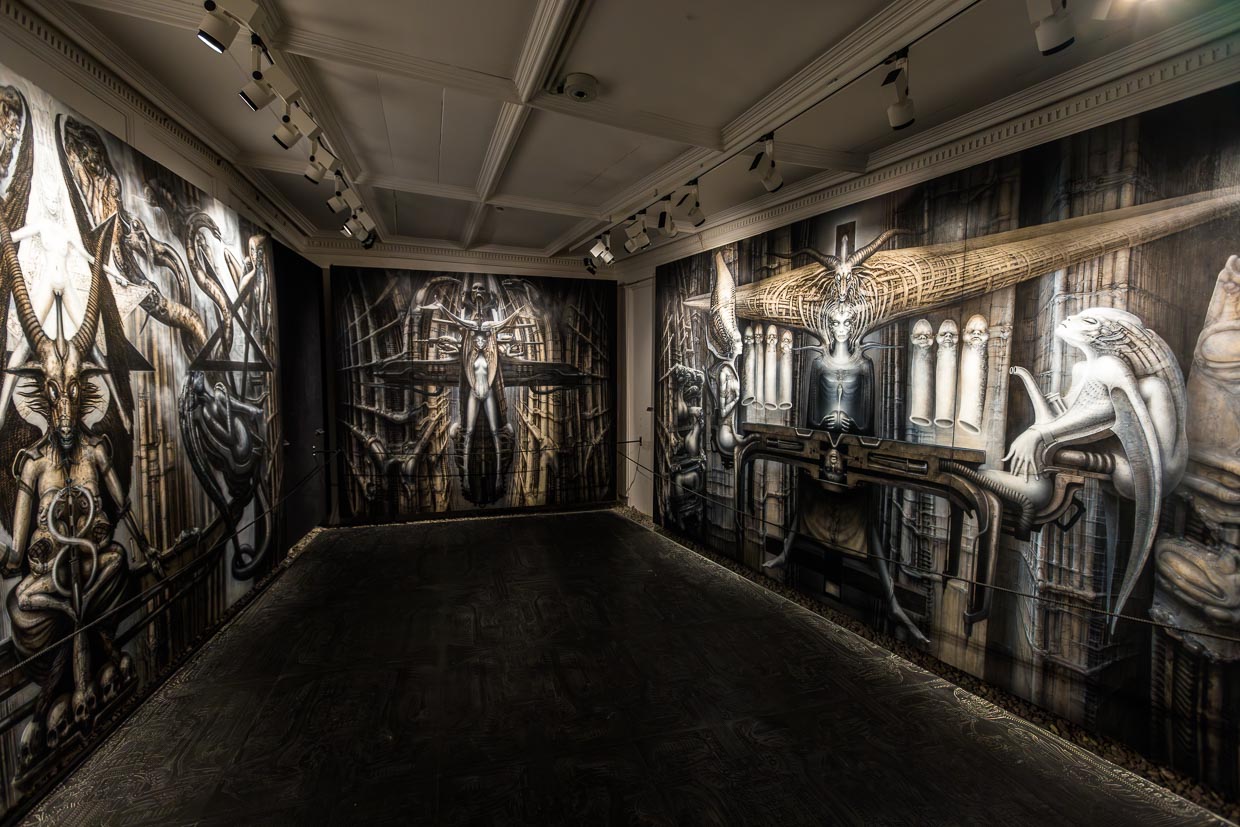
Biomechanoid objects
I was completely unprepared for the dark worlds in St. Germain Castle. I was not familiar with the artist’s works, nor had I ever seen the movie Alien. The second floor of the museum is dedicated to the movie Alien and several painting cycles. The black floor is covered with the pattern of Giger’s biomechanical matrix. Countless variations of the fusion of flesh and machine hang on the walls. There are cast-iron creatures, mostly slender female figures with penis heads and large breasts, surrounded by machines and penetrated by tubes. For me, this sight is hard to bear and the explanation of the role of women in Giger’s work, which I can read in the museum flyer, doesn’t make it any better. It says: “The role of women in his works is paramount, representing the spiritual and divine side of HR Giger’s world. He paints her as mother, goddess, seductress and object of temptation, possessing an almost absolute power in this universe.” I doubt that the depiction of women in Giger’s work contributes to changing the balance of power in our universe in favor of women. My favorite work in the exhibition is the painting Salad by Till Novak. It shows an alien made up of vegetables in the style of Giuseppe Arcimboldo looking at a piece of meat. That has humor!
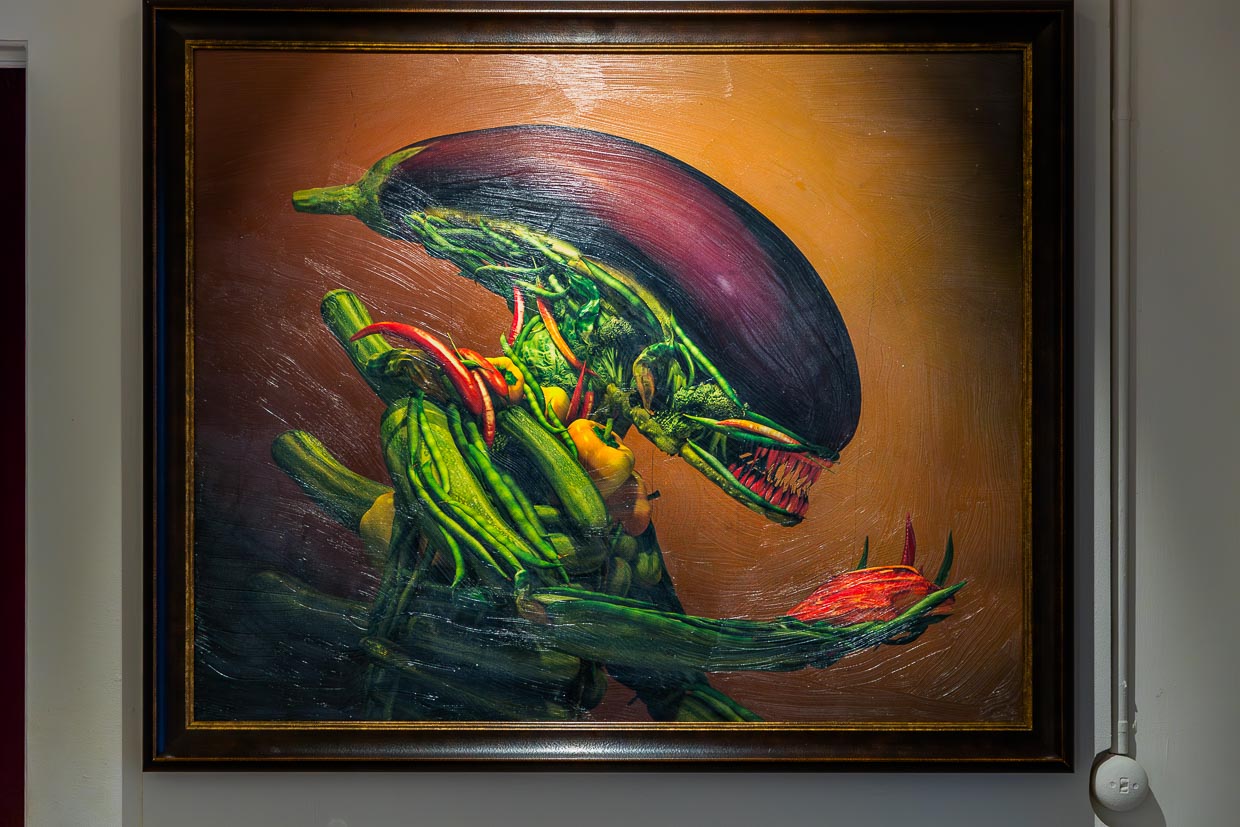
Giger: bizarre and frighteningly topical
Even if it is difficult to escape the animalistic, instinctual and sexually charged messages in Giger’s paintings, there is a second level to his works. With his biomechanical creatures, he was already addressing the creeping technological penetration of human beings in the 1970s. In view of the rapid developments in the field of artificial intelligence, his work is frighteningly topical today. The definition of AI sounds just as uncanny as Giger’s biomechanoid creatures look: Artificial intelligence describes the ability of machines, based on algorithms, to perform tasks autonomously. It imitates the problem-solving and decision-making abilities of the human mind.(Definition of AI on the website of the German government).
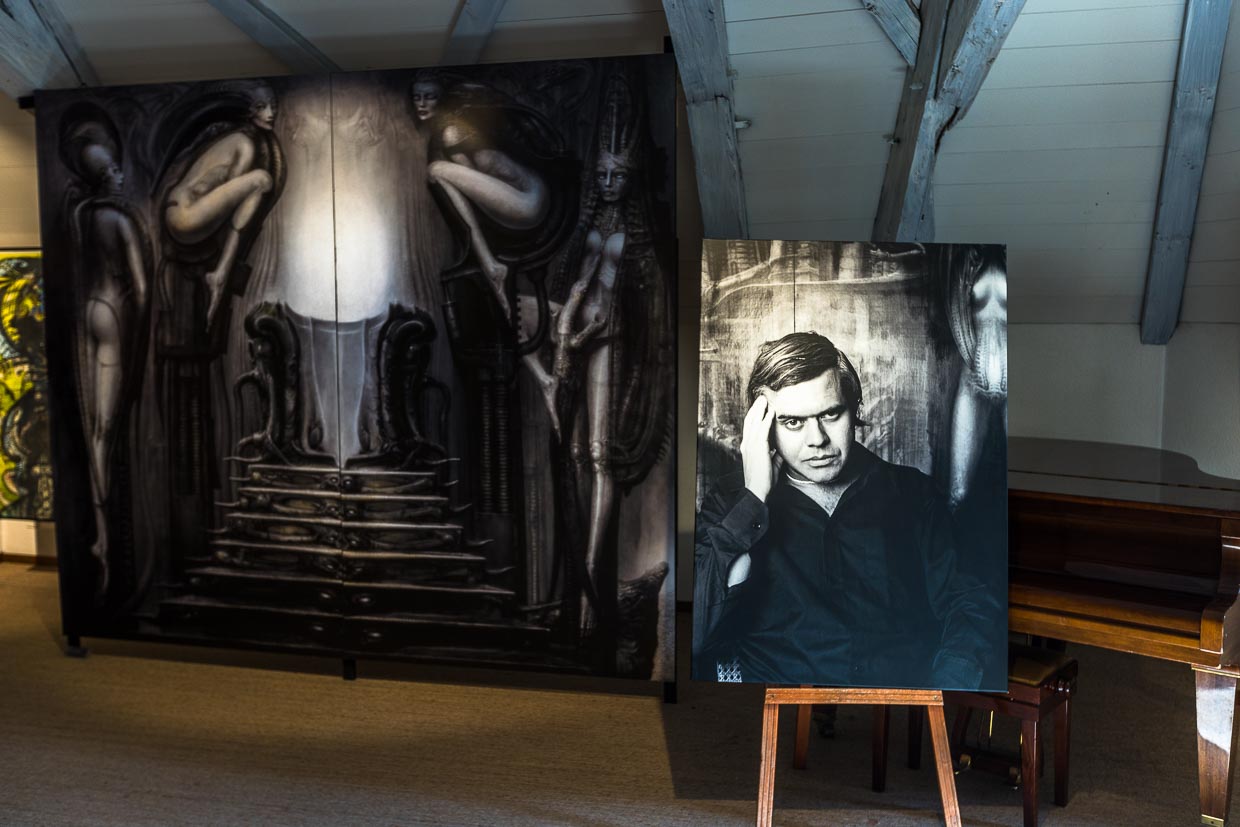
Conclusion: For science fiction fans, cineastes and gothic fans, a brilliant surrealist died in 2014. Giger’s Oscar award for the film Alien made him world-famous, but he lost acceptance in the art world as a result. He created a monument to himself with the Giger Museum in Gruyères. Even his tombstone bears the design of the biomechanical matrix, which is also present at every turn in the museum. Without any prior knowledge of the artist and his work, a visit to the museum is like a ride on a ghost train. My tip: watch the movie Alien beforehand and not afterwards like I did.
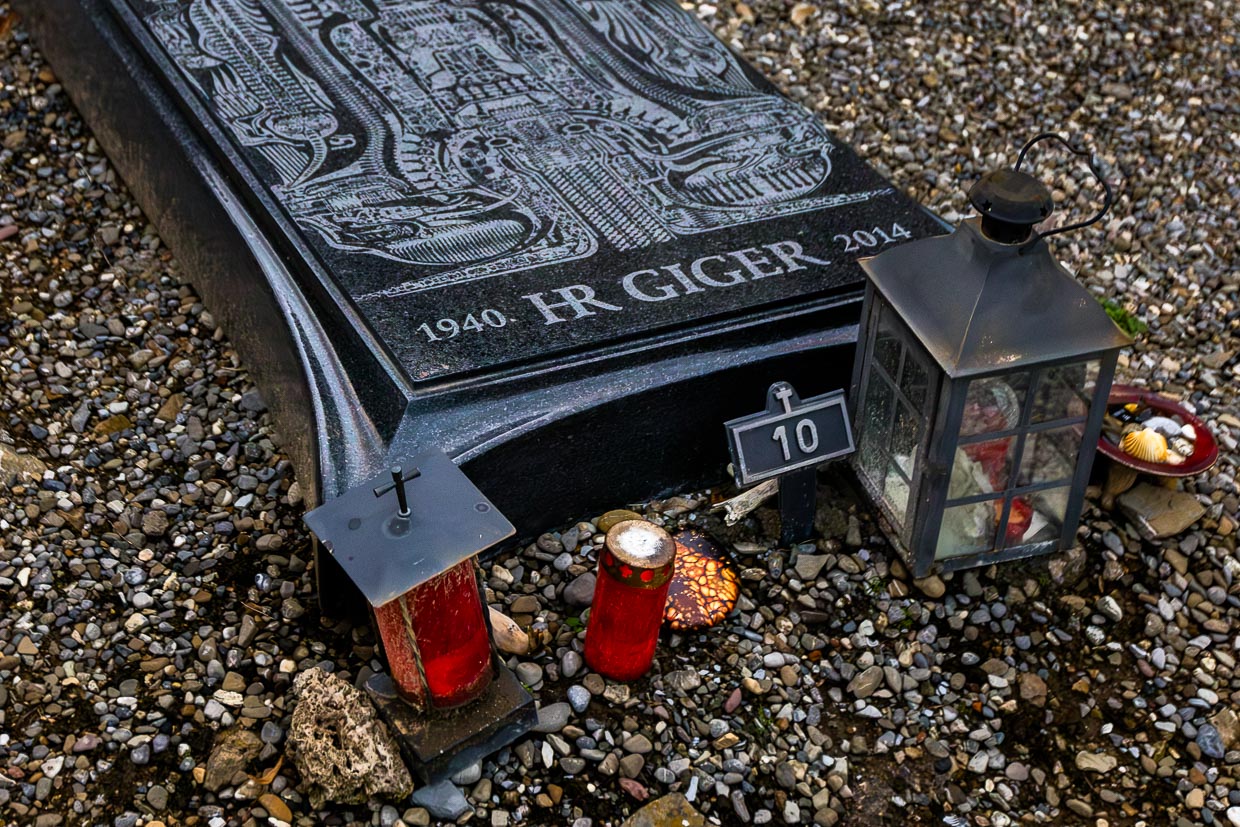
What else is there to discover in Gruyères?
If you’re more interested in history than fiction, Gruyères Castle is the place for you. It has stood at the highest point of the small village since the 13th century and is now a museum. Fantastic stories can also be found here, as the Gruyère region is rich in legends, such as the one about the beautiful Luzia, the lame Hans or the courageous Gruyère women who used their goats as weapons. There is also the Tibet Museum of the collector Alain Bordier and a show dairy at the foot of the village. The biggest attraction is certainly the many restaurants along the picturesque village street. Here you can enjoy the region’s famous specialties, first and foremost cheese fondue. But you can also try rösti or meringue with heavy cream. In September and October, at the end of the summer grazing and the Alpine cattle drives, you can even enjoy a traditional Kilbi menu.
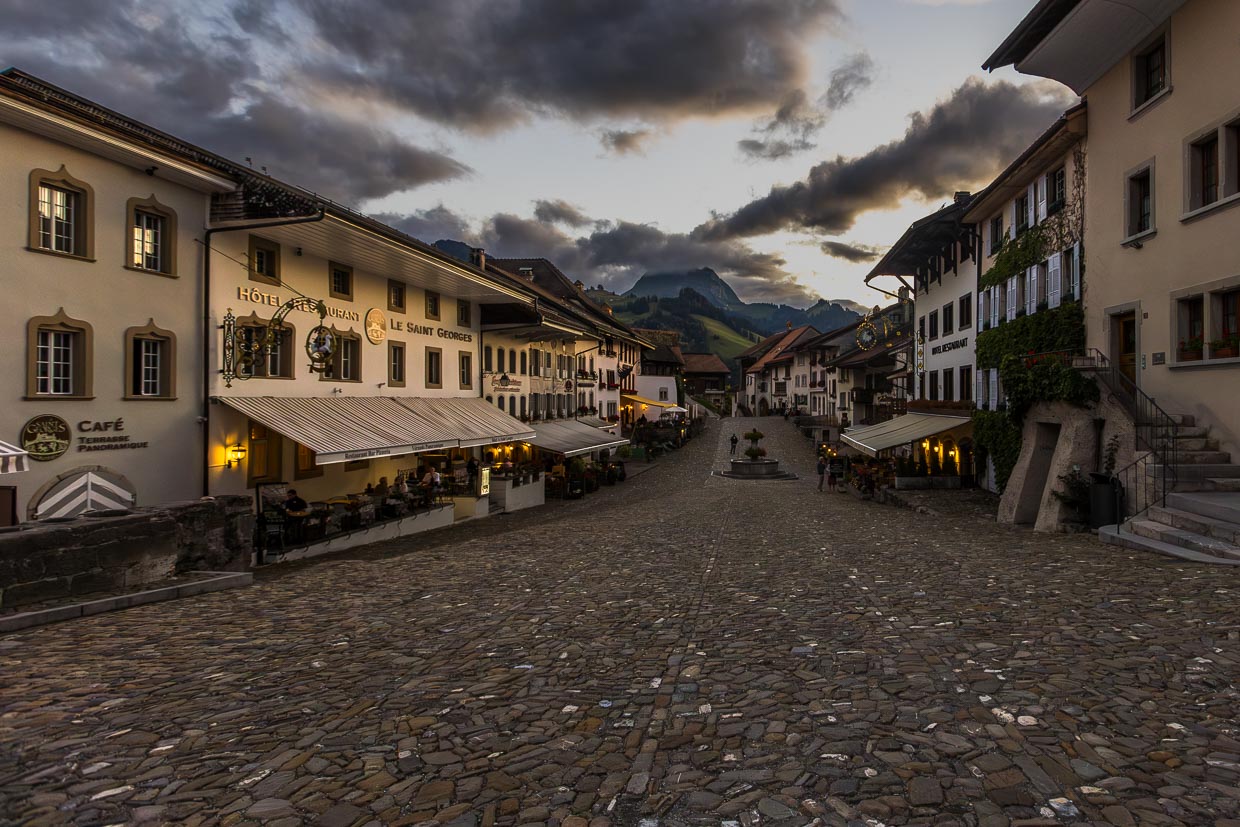
The research was supported by the Fribourg Tourism Association

